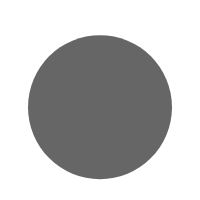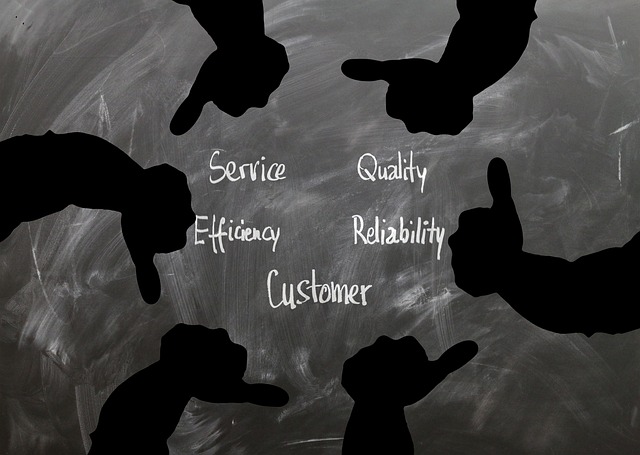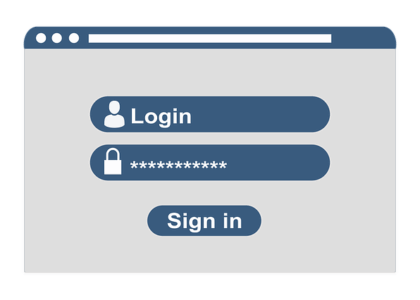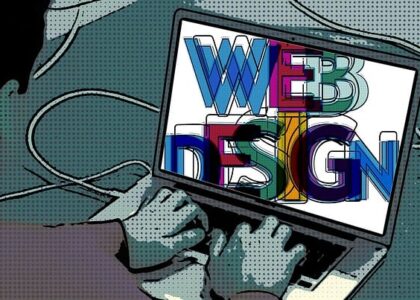In a digital-first world, having a beautiful and functional website is only part of the equation. The other part—often overlooked—is the relationship between a web designer and their client. The best web designers aren’t just coders or creatives; they’re communiators, problem-solvers, and partners in business growth.
I’ve seen firsthand how great designers build strong customer relationships that last well beyond project completion. Here’s how they do it—and how you can too.
Understanding the Client’s Vision
Great web designers take time to understand not only what the client wants, but also why they want it. They dig into:
- Business goals
- Target audience behaviors
- Industry-specific expectations
This discovery phase sets the tone for collaboration. If you’re unsure where to start, revisit the core basics in What is the First Rule of Web Design?.
Clear and Frequent Communication
Trust is built through transparency. Great designers:
- Set clear expectations from day one
- Share progress updates regularly
- Ask for feedback and actually use it
No client wants to be left in the dark. Communication builds confidence and shows the client that they are heard and valued.
Setting Realistic Timelines
There’s nothing worse than overpromising and underdelivering. Successful designers:
- Pad their timelines for unforeseen delays
- Communicate changes early
- Deliver milestones to keep momentum going
Meeting deadlines consistently is a trust-building powerhouse.
Educating Clients Along the Way
Clients often come in with little technical knowledge. A good designer will:
- Explain why certain design decisions are made
- Share the impact of those decisions on SEO, UX, or performance
- Provide training when handing off websites
This not only empowers clients, but also reduces back-and-forth confusion.
Check out How to Choose the Right Web Design for more guidance on aligning goals with visuals.
Delivering Value Beyond the Project
Strong relationships don’t end with launch. Smart designers:
- Offer post-launch support packages
- Check in periodically to suggest updates
- Provide reports on website performance
It shows long-term investment in the client’s success—and builds loyalty.
Building a Collaborative Workflow
Instead of designing in isolation, top-tier designers:
- Use shared documents and tools like Figma, Trello, or Notion
- Hold weekly stand-ups or check-ins
- Share design previews for live feedback
This minimizes miscommunication and ensures that the final product is aligned with client expectations.
Showing Empathy and Patience
Let’s be honest—not every client is easy. But the best designers remain:
- Professional under pressure
- Patient with changes and concerns
- Empathetic to business struggles
Empathy goes a long way in turning a one-time client into a long-term advocate.
Asking for Feedback—and Acting on It
Constructive criticism isn’t a threat. It’s a gift. Designers who ask for feedback:
- Improve their process
- Show they care about the client experience
- Build mutual respect
This feedback loop strengthens the bond over time.
Leveraging Data to Build Trust
Top designers use tools like Google Analytics, Hotjar, or SEMrush to:
- Show real ROI
- Identify areas for improvement
- Back up design choices with evidence
If you’ve optimized your site’s speed as well, it reflects a high level of care. Learn more in How to Speed Up Your Website Without Compromising Design.
Conclusion: Great Design is a Relationship
Web design is more than pixels and code—it’s about people. By listening, educating, delivering value, and staying honest, web designers can build relationships that lead to referrals, repeat business, and long-term success.
In 2025, the winners won’t be those who design the flashiest websites. They’ll be the ones who build the strongest bonds with their clients.
FAQs
1. How do you build trust with web design clients?
Be honest, meet deadlines, and provide consistent updates.
2. What’s the most important part of a designer-client relationship?
Clear communication and mutual respect.
3. Can web designers offer ongoing support?
Yes! Maintenance packages help build long-term trust.
4. Why should designers explain technical details to clients?
It empowers the client and reduces confusion.
5. How do designers turn one-time clients into repeat clients?
By exceeding expectations and following up after launch.






